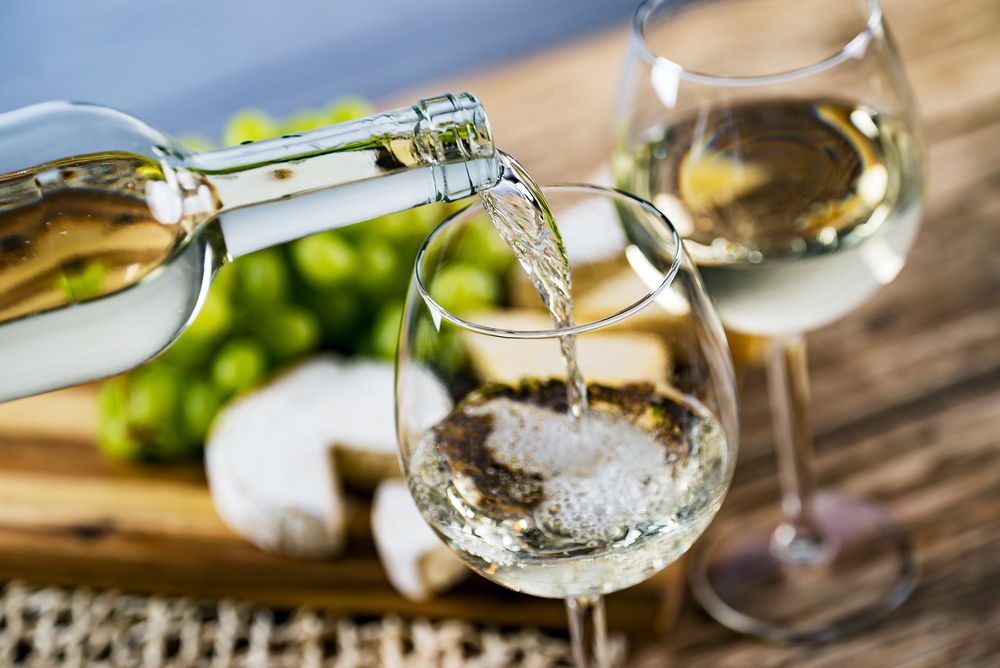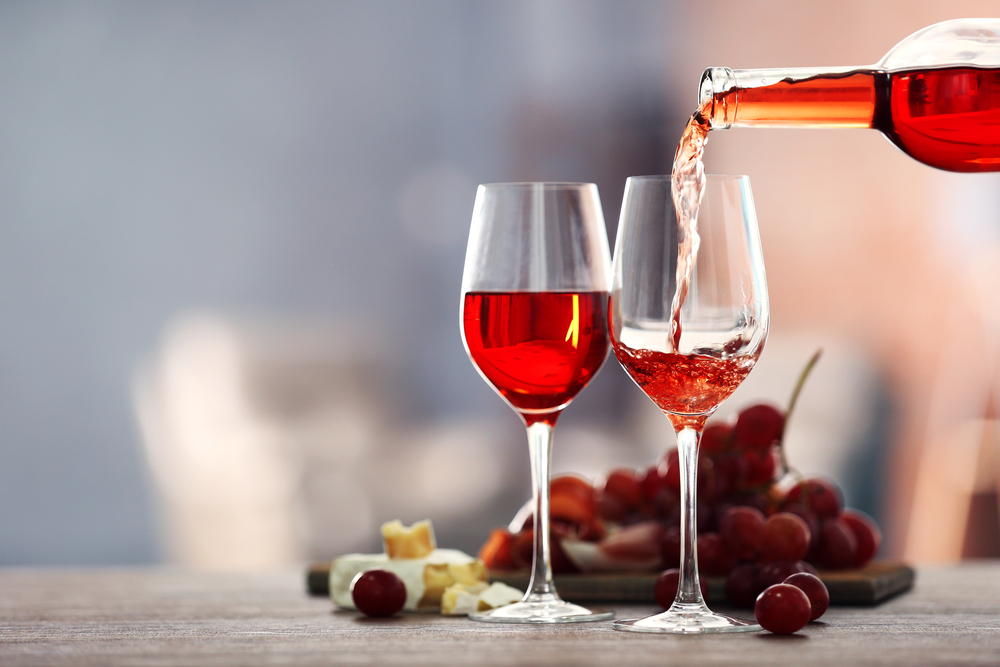Just like not all sparkling wine is champagne (or for that matter, not all champagne is sparkling wine), there’s more than one way to make a bottle of bubbly.
There’s the tank, transfer, ancestral, continuous, carbonation, and méthode champenoise (traditional method).
A secondary fermentation takes place in the bottle with méthode champenoise.
The most important thing to remember here is that secondary fermentation happens inside the bottle for high quality sparkling wines.
Lesser quality sparkling wines usually have the secondary fermentation take place in large tanks. If you notice the word “charmat”, this is what is being referred to.
The caveat: if it’s made in the Champagne region of France it’s called méthode champenoise; outside the renowned area, it’s referred to as the traditional method (also known by its aliases: méthode traditionnelle, emthode cap classique, metodo classic, klassische, or flaschengärung).
No matter what you call it, méthode champenoise is the way for the best quality of the French favorite and what separates ordinary sparkling wine from extraordinary fizz.
Let’s take a look at what makes it so special and how it compares to the others.

Step 1: Making The Mix
Handpicked from the vine, Pinot Noir, Chardonnay, and Pinot Meunier grapes are pressed using a process known as la cuvée and undergo primary fermentation.
Then they’re blended with a combination of white or reserve wines that creates a special “house style” (the label’s signature taste).
Step 2: Bottling The Juice
The fruit and wine mixture is bottled, along with liqueur de tirage (yeast and sugar), capped, and put in a cool, dry cellar to go through its second fermentation.
The process that lasts for 1-3 weeks traps CO2 (Carbon dioxide) in the bottle, thus giving it carbonation.
Step 3: Adding Texture
After the fermentation is complete, the bottles are laid on their sides and left to mature for 15-36 months, which creates toasty, nutty notes (a.k.a., texture).
Step 4: Refining The Wine

During the meticulous riddling phase, the bottles are placed upside down and turned each day to force the lees (yeast sediment) to settle in the neck of the bottle.
Step 5: Putting It On Ice
Bottoms up, the necks are put into an ice bath to freeze the dead yeast that is then removed (disgorged) when the cap is opened.
Step 6: Capping It Off
A dose of white wine, brandy, and sugar is added to the “pure” champagne (the amount influences the dryness or sweetness of the finished champagne), then the bottle is corked, and wired tight.
In Comparison To Other Methods
Tank Method: In the tank method, the “juice” is added to a tank (rather than a bottle), where it goes through a dual fermentation process, filtered, dosed, and bottled without aging.
Transfer Method: Instead of being riddled and disgorged, the wine in the transfer method is emptied into a pressurized tank and filtered to remove the sediment, then filtered again when the bottles are filled.
Ancestral Method: For the ancestral method, icy temperatures and filtration are used to pause the fermentation partway through, then the wine is bottled, and the fermentation is finished.
The bottles are riddled and disgorged like the méthod champenoise, but no additional sugar is added.
Carbonation Method: The carbonation method is simply carbonating wine in a pressurized tank.
Continuous Method: Over a month, the continuous method slowly adds yeast into pressurized tanks until it reaches the same level as champagne.
The wine is then moved into another tank with yeast “sponges” (typically wood shavings) to give the dead yeast something to attach to.
Then the wine is moved into yet another pressurized tank where the lees settle out (yeast sediment), leaving the final brew.
- Shrimp Cocktail (and More) Wine Pairing Guide - 09/06/2022
- What Wine Serving Sizes Look Like: Standard Size and More - 08/06/2022
- How Much Sugar is in Wine: Glass and Bottle Sugar Content - 08/06/2022






